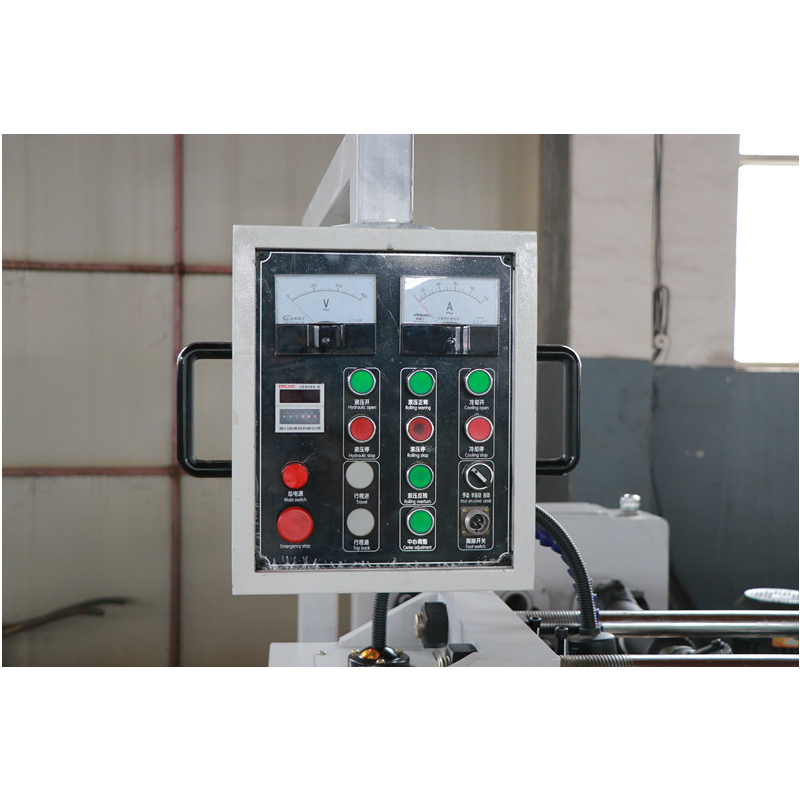
-
 Afrikaans
Afrikaans -
 Albanian
Albanian -
 Amharic
Amharic -
 Arabic
Arabic -
 Armenian
Armenian -
 Azerbaijani
Azerbaijani -
 Basque
Basque -
 Belarusian
Belarusian -
 Bengali
Bengali -
 Bosnian
Bosnian -
 Bulgarian
Bulgarian -
 Catalan
Catalan -
 Cebuano
Cebuano -
 Corsican
Corsican -
 Croatian
Croatian -
 Czech
Czech -
 Danish
Danish -
 Dutch
Dutch -
 English
English -
 Esperanto
Esperanto -
 Estonian
Estonian -
 Finnish
Finnish -
 French
French -
 Frisian
Frisian -
 Galician
Galician -
 Georgian
Georgian -
 German
German -
 Greek
Greek -
 Gujarati
Gujarati -
 Haitian Creole
Haitian Creole -
 hausa
hausa -
 hawaiian
hawaiian -
 Hebrew
Hebrew -
 Hindi
Hindi -
 Miao
Miao -
 Hungarian
Hungarian -
 Icelandic
Icelandic -
 igbo
igbo -
 Indonesian
Indonesian -
 irish
irish -
 Italian
Italian -
 Japanese
Japanese -
 Javanese
Javanese -
 Kannada
Kannada -
 kazakh
kazakh -
 Khmer
Khmer -
 Rwandese
Rwandese -
 Korean
Korean -
 Kurdish
Kurdish -
 Kyrgyz
Kyrgyz -
 Lao
Lao -
 Latin
Latin -
 Latvian
Latvian -
 Lithuanian
Lithuanian -
 Luxembourgish
Luxembourgish -
 Macedonian
Macedonian -
 Malgashi
Malgashi -
 Malay
Malay -
 Malayalam
Malayalam -
 Maltese
Maltese -
 Maori
Maori -
 Marathi
Marathi -
 Mongolian
Mongolian -
 Myanmar
Myanmar -
 Nepali
Nepali -
 Norwegian
Norwegian -
 Norwegian
Norwegian -
 Occitan
Occitan -
 Pashto
Pashto -
 Persian
Persian -
 Polish
Polish -
 Portuguese
Portuguese -
 Punjabi
Punjabi -
 Romanian
Romanian -
 Russian
Russian -
 Samoan
Samoan -
 Scottish Gaelic
Scottish Gaelic -
 Serbian
Serbian -
 Sesotho
Sesotho -
 Shona
Shona -
 Sindhi
Sindhi -
 Sinhala
Sinhala -
 Slovak
Slovak -
 Slovenian
Slovenian -
 Somali
Somali -
 Spanish
Spanish -
 Sundanese
Sundanese -
 Swahili
Swahili -
 Swedish
Swedish -
 Tagalog
Tagalog -
 Tajik
Tajik -
 Tamil
Tamil -
 Tatar
Tatar -
 Telugu
Telugu -
 Thai
Thai -
 Turkish
Turkish -
 Turkmen
Turkmen -
 Ukrainian
Ukrainian -
 Urdu
Urdu -
 Uighur
Uighur -
 Uzbek
Uzbek -
 Vietnamese
Vietnamese -
 Welsh
Welsh -
 Bantu
Bantu -
 Yiddish
Yiddish -
 Yoruba
Yoruba -
 Zulu
Zulu
Top Premium Varieties of Thread Rolling for Optimal Performance
High-Quality Types of Thread Rolling An Overview
Thread rolling is a crucial manufacturing process that involves creating threads on cylindrical parts through the deformation of materials. This method offers distinct advantages over traditional cutting methods, such as improved material properties and higher production efficiency. As industries continue to demand precision and durability, the significance of high-quality thread rolling has become more apparent. In this article, we will explore the various types of thread rolling and their applications.
Types of Thread Rolling
1. Flat Die Thread Rolling This method is one of the most common types of thread rolling. It employs two flat dies that apply pressure to the workpiece, forming the desired thread profile. Flat die rolling is especially advantageous for producing long, continuous threads due to its capability to handle larger batches efficiently. This process is often used for manufacturing screws, bolts, and other fasteners.
2. Circular Die Thread Rolling In this technique, the workpiece is rotated between two circular dies, which impart the thread profile. Circular die thread rolling is particularly effective for creating precision threads with tight tolerances. This method is preferred in industries where dimensional accuracy is crucial, such as aerospace and automotive manufacturing. Furthermore, it can be used with various materials, including metals and plastics, expanding its applicability.
3. Form Rolling This type of thread rolling involves using a set of form dies to shape the workpiece without removing material. Instead of cutting, it displaces the material to create the thread geometry. Form rolling is favored for its ability to produce complex shapes and fine tolerances efficiently. It is commonly used for applications requiring robust threading, such as in hydraulic fittings and specialized machinery components.
high quality types of thread rolling

4. Roll Threading Roll threading is an advanced form of thread rolling that uses rotary motion to create threads. This method is characterized by lower energy consumption and reduced wear on tools compared to traditional machining processes. Roll threading is often employed in high-volume production settings where speed and consistency are paramount.
Advantages of Thread Rolling
The benefits of thread rolling extend beyond just efficiency. This process enhances the material's mechanical properties due to work hardening, leading to stronger threads that can withstand higher loads. Moreover, thread rolling generates a smoother surface finish, which reduces friction and wear when the parts are in operation, ultimately extending the service life of the components. Additionally, manufacturing waste is significantly reduced as the process eliminates the need for cutting tools, allowing for a more sustainable approach to production.
Conclusion
In summary, high-quality thread rolling is a vital process in modern manufacturing, offering numerous types suited for various applications across multiple industries. Whether through flat die, circular die, form rolling, or roll threading, this method provides enhanced strength, precision, and efficiency. As technology continues to advance, the techniques and applications of thread rolling will undoubtedly evolve, solidifying its role as an essential component in the production of high-performance threaded components.
